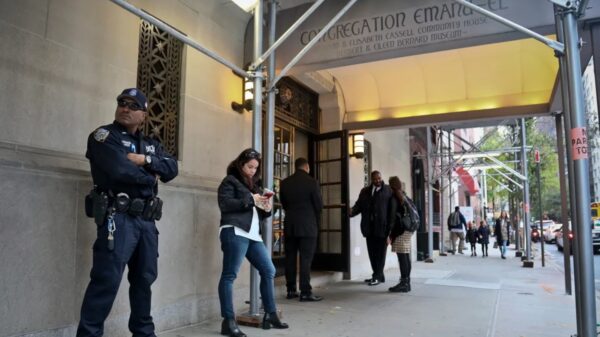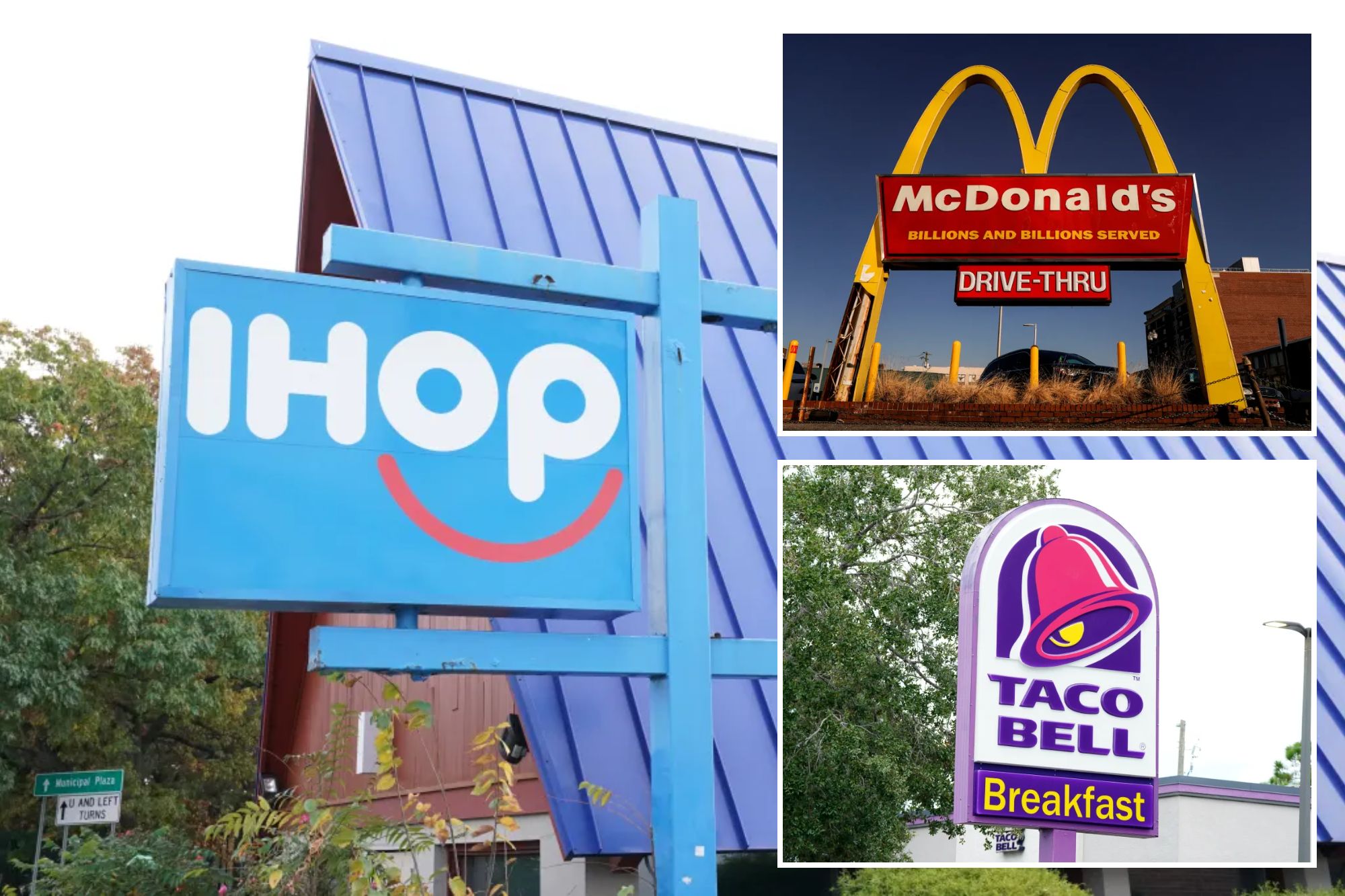UPDATE: Fast-food chains including IHOP and Chipotle are sounding the alarm as new data reveals a dramatic decline in restaurant visits, prompting urgent concerns over the impact of high prices and economic uncertainty on consumer behavior.
Between January and March 2023, Americans ate 1 billion fewer meals at restaurants compared to the previous year, according to Circana, a market research firm. This staggering drop has triggered warnings from executives across the industry, including Denny’s, Wendy’s, and Sweetgreen, who are grappling with an increasingly cautious U.S. consumer.
Denny’s CEO Kelli Valade described the current landscape as “a very choppy consumer environment,” while CFO Robert Verostek pointed to “macroeconomic changes” as key factors behind the company’s volatile sales in July. This sentiment is echoed by McDonald’s CEO Chris Kempczinski, who reported a sharp decline in visits from low-income customers, down by “double-digits” from April to June.
Kempczinski stated, “The result of that is you’re seeing people either skip occasions…or they’re trading down,” highlighting a worrying trend as diners choose to eat at home rather than spend money on dining out. As a response, McDonald’s has bolstered its value offerings, including the popular $5 Meal Deal, to attract budget-conscious patrons, particularly those who usually frequent the chain.
While some chains are attempting to innovate with new value meals—ranging from Taco Bell’s Luxe Boxes to Wendy’s and Burger King’s $5 combos—overall restaurant traffic has dipped 1% in 2023 compared to the previous year, according to Black Box Intelligence. Fast-food establishments have been hit the hardest, with a 2.3% decline in customer visits in the second quarter alone.
The ripple effects of this trend extend beyond just foot traffic. Customers who continue to dine out are opting for cheaper menu items and skipping extras like appetizers and beverages, as noted by Dine Brands CEO John Peyton. Wingstop CEO Michael Skipworth also reported a decline in spending among low-income diners, citing “concerns about elevated prices, future job prospects, and general anxiety about the future.”
Despite a slowdown in food inflation, with prices remaining flat in July, costs for dining out are still rising—up 0.3% in July while food prices at home actually fell 0.1%. According to the Department of Agriculture, this trend is expected to continue, further discouraging consumers from dining out.
Experts warn that significant changes are needed to restore confidence among diners. “It’s going to take a lot of levers being pulled in order to get consumers more comfortable to spend money out of home. And it’s not going to be this year,” said Sally Lyons Wyatt, a Circana adviser focusing on the food service industry.
Despite these challenges, some executives remain cautiously optimistic. Chipotle CEO Scott Boatwright expressed hope that easing concerns around tariffs could bring diners back. “I think much of what we’re experiencing right now is due to macro and the consumer; the low-income consumer is looking for value,” he stated. “As sentiment improves, the business will improve.”
As restaurants brace themselves for a challenging road ahead, the urgency of addressing consumer concerns has never been greater. The industry is watching closely as these developments unfold, with implications for both businesses and diners alike.







































































